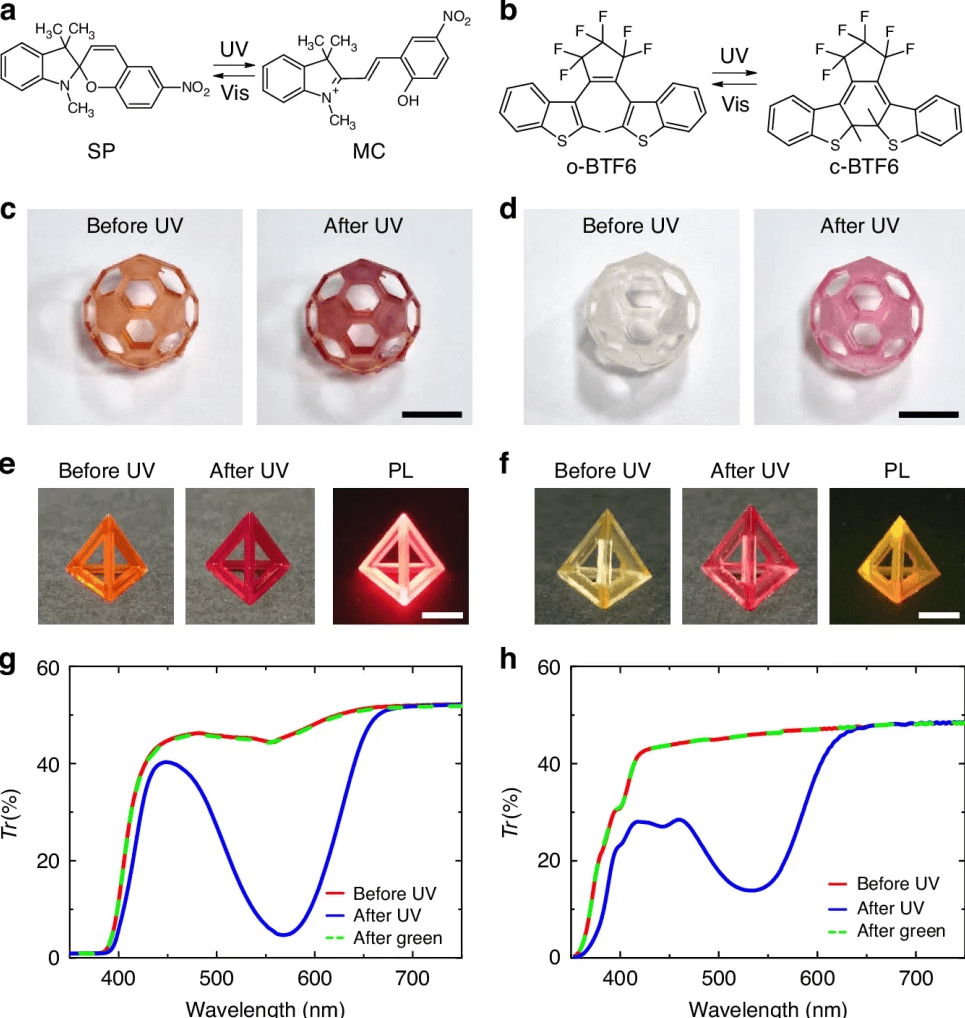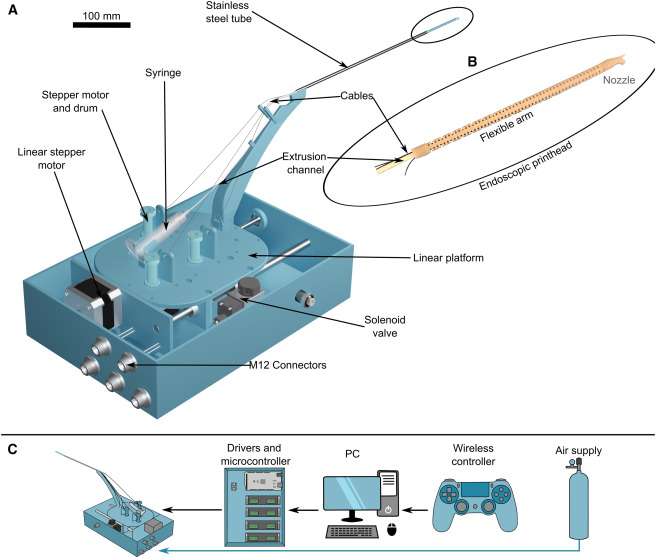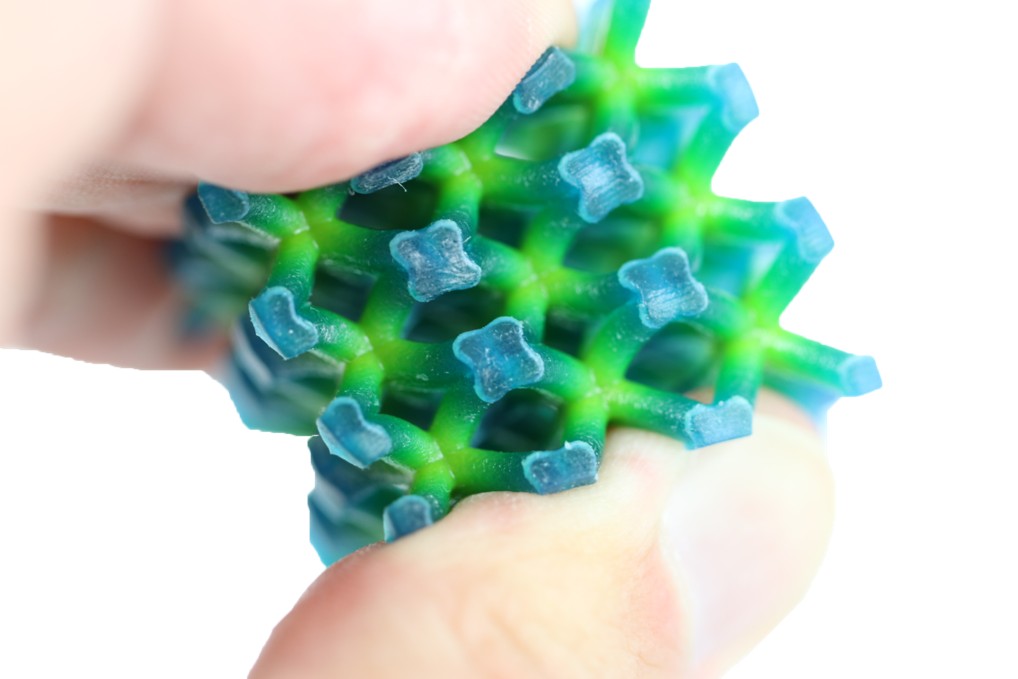
Date:2025-03-31 12:24:23
HDSP uses an acoustic holographic picture to project and print the whole image at once. A holographic picture, explains Habibi, is simply a 3D volumetric picture of an object (think: Princess Leia appearing to deliver a request for help in Star Wars: A New Hope). While holographic images are typically created with light, Habibi uses an acoustic source to create high-pressure zones within a defined environment.
“With HDSP, I have a hologram that projects a holographic picture of a circle at a certain location,” he said. “That location is inside the build chamber that I filled with material, and it solidifies the picture I want to solidify.”
New technology (HDSP) developed by Mohsen Habibi from UC Davis uses 3D printing with soundwaves to repair broken bones.
Credit: Mohsen Habibi.
In these experiments, a robotic arm holds the printing platform. The printing platform hovers above the transducer, which is submerged in water. The build chamber sits between the transducer and the printing platform and is filled with polymer printing material.
The transducer emits high-acoustic pressure sound waves – inducing a sonochemical reaction called cavitation, or very tiny bubbles, in the build chamber – creating solid material. The robot arm moves the printing platform along a complex path to create a shape while simultaneously pulling the printed object vertically out of the build chamber – resulting in a 3D structure.
The work builds on Habibi’s previous research in printing with soundwaves for direct sound printing, or DSP, which occurs by applying focused ultrasound waves to a polymer that creates cavitation – resulting in a 3D printed structure.
According to Mohsen Habibi, HDSP is a significant step forward from DSP – a breakthrough in its own right – when it comes to 3D printing inside the human body. HDSP prints a two-dimensional picture continuously (without layering) all at once – making it much more time-efficient than DSP, which can only print one point at a time and in layers like typical 3D printing.
Although only simple shapes have been printed so far, the technique already shows promise when it comes to 3D printing tissues inside the human body. “Bone, cartilage, and similar biological tissues are not really complex in terms of geometry, so they could be projected with only one image,” said Habibi. “When people read the 2022 paper in Nature Communications, they mentioned that direct sound printing was science fiction. This is science over fiction.”





